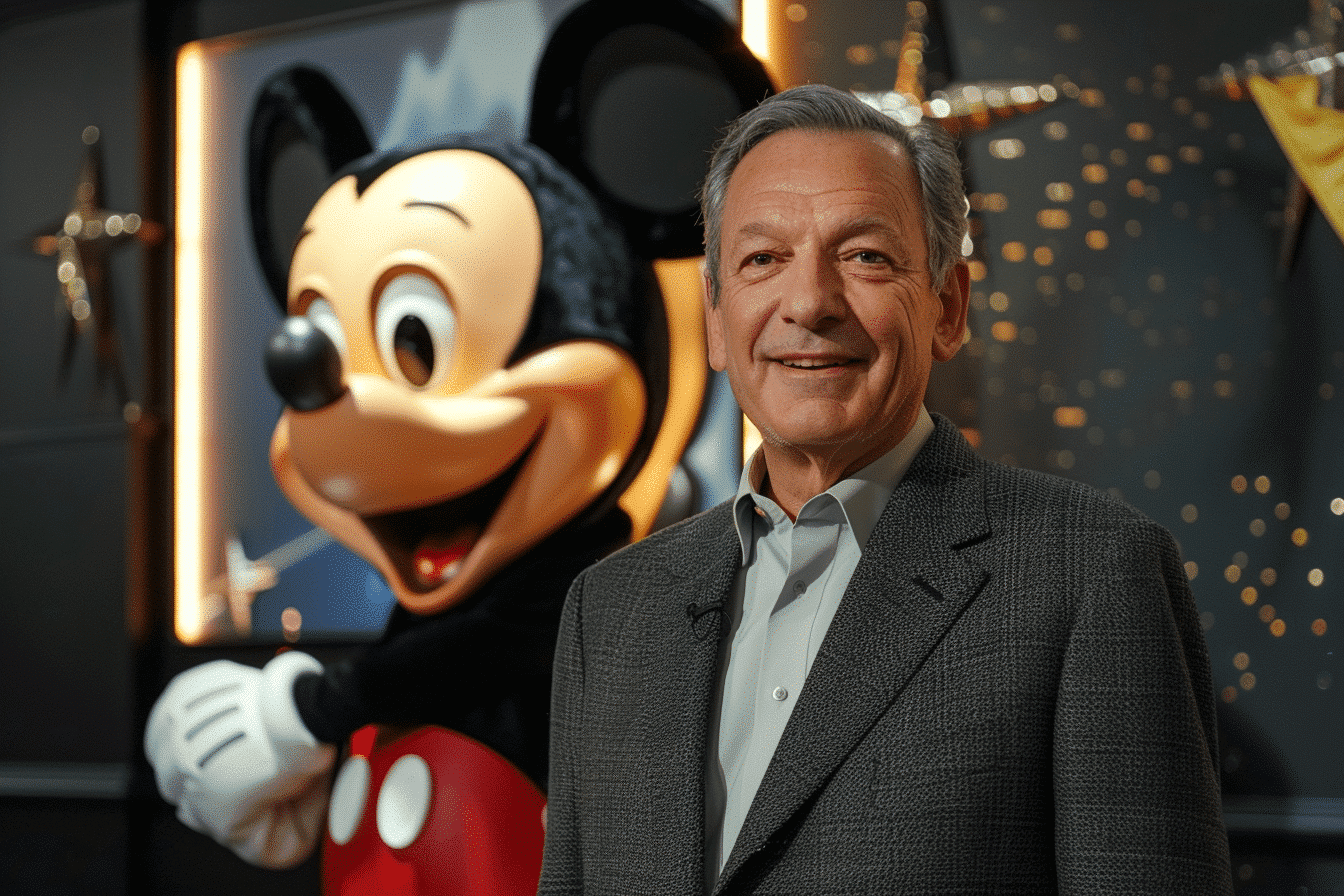The entertainment industry’s transformation is palpable as Disney approaches a pivotal moment in its business model transition from traditional cable TV to streaming platforms. After five years of strategic development and investment, Disney’s streaming services—Disney+, Hulu, and ESPN+—are on the brink of profitability, signaling a significant shift in the company’s revenue generation strategies. This shift comes at a crucial time when cable TV continues its rapid decline, underscoring the increasing relevance of streaming services in today’s digital age.
The Streaming Paradigm Shift
Disney’s Streaming Milestone: Nearing Profitability
In the fiscal second quarter, Disney’s streaming operations nearly achieved profitability, a stark improvement from previous years. The conglomerate reported a minimal loss of $18 million across its streaming platforms, compared to a substantial $659 million loss the year prior. Notably, when excluding ESPN+, both Disney+ and Hulu generated a profit of $47 million, turning around a $587 million loss from the same quarter last year. This progress underscores the viability of streaming as the core revenue engine for legacy media companies, a transition anticipated for years.
The Decline of Traditional TV
Cable’s Diminishing Returns
While streaming flourishes, Disney’s traditional linear TV segments still need to fare. The company’s linear networks, excluding ESPN, witnessed a significant downturn, with revenue falling 8% to $2.77 billion and operating income plummeting 22% to $752 million. This decline highlights the urgency for Disney to pivot more aggressively towards streaming—a trend mirrored across the industry as traditional cable TV rapidly loses ground to digital alternatives.
ESPN’s Strategic Overhaul
Adapting to a New Sports Broadcasting Model
Disney’s sports network, ESPN, is experiencing a transformation of its own. With a modest increase in revenue but a notable decrease in operating income, driven by fewer cable subscribers and higher costs, Disney is preparing to launch ESPN as a standalone streaming service. This move will allow consumers to subscribe to ESPN without traditional cable, marking a significant shift in how sports content is delivered and monetized.
As Disney stands on the brink of a new era, the recent quarterly results are a testament to the company’s foresight and strategic positioning in the face of an evolving media landscape. With traditional TV’s decline accelerating, streaming emerges as a survival strategy and a potential growth engine. The success of this transition will heavily depend on Disney’s ability to execute its streaming strategy effectively and the reception from its investors and consumers alike. As the industry watches closely, Disney’s journey could set a precedent for how legacy media giants can navigate the turbulent waters of digital transformation.




